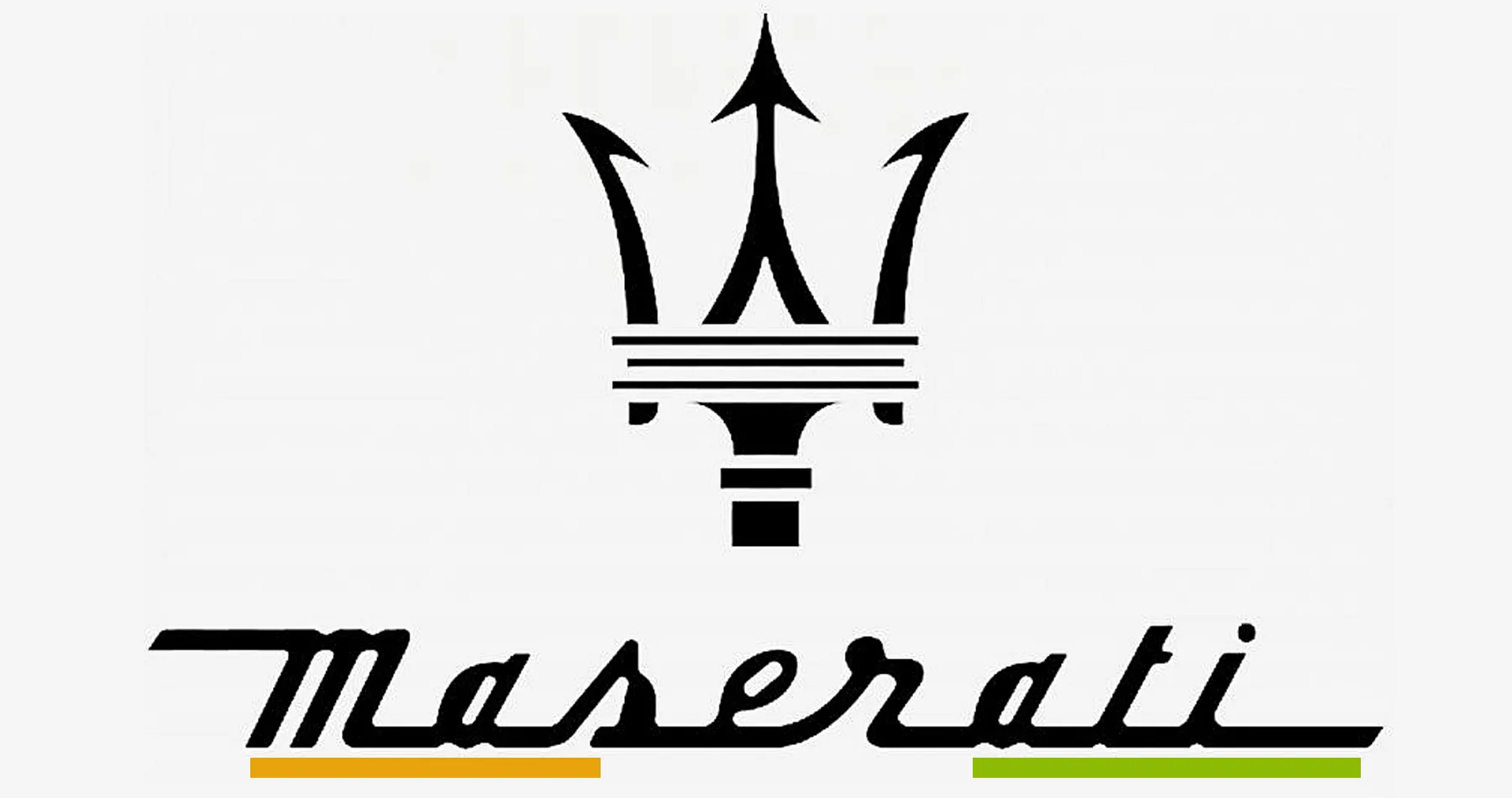Maserati, the luxury Italian car manufacturer known for its high-performance vehicles, affects the Indian automotive market. Understanding the ownership structure and market dynamics is crucial to appreciating Maserati’s presence and influence in India.
Who Owns Maserati in India?-Unveiling Maserati’s Journey in India
Maserati’s Arrival in India
A. Historical Context:
Maserati officially entered the Indian market in 2011, marking a strategic move to capitalize on the growing demand for luxury automobiles. The introduction of Maserati in India was part of the brand’s global expansion strategy, aiming to tap into emerging markets with a penchant for luxury and high-end automotive experiences.
B. Initial Challenges and Opportunities:
The Indian automotive landscape posed both challenges and opportunities for Maserati. While the country had a burgeoning base of luxury car enthusiasts, the market was also price-sensitive. Maserati had to carefully position itself to cater to the discerning tastes of Indian consumers while maintaining a competitive edge in terms of pricing.
Distribution and Dealership Network:
A. Establishing Presence:
To navigate the Indian market effectively, Maserati prioritized a robust distribution and dealership network. The brand partnered with select dealerships to provide an exceptional customer experience.
B. Exclusive Showrooms:
Maserati showrooms in India are metropolitan cities known for their affluence and thriving luxury car market. These exclusive showrooms serve as retail spaces and showcase Maserati’s distinctive range of vehicles, allowing customers to experience the brand’s craftsmanship and performance firsthand.
Ownership Structure:
A. Global Ownership:
Maserati, founded in Italy in 1914, has undergone several ownership transitions. As of my last knowledge update in January 2022, Maserati is part of Stellantis N.V., one of the world’s leading automotive groups formed after the merger of Fiat Chrysler Automobiles (FCA) and Peugeot S.A. However, it’s essential to note that ownership structures in the automotive industry can change, and it’s advisable to check for the latest updates.
B. Stellantis N.V. and Maserati:
Stellantis N.V., created in January 2021, is a multinational automotive conglomerate that brings together several well-known brands under its umbrella. As a member of Stellantis, Maserati gains access to the group’s vast resources, cutting-edge innovations, and cooperative synergies with other high-end brands in the portfolio.
Market Positioning and Consumer Appeal:
A. Luxury Segment Focus:
Maserati positions itself as a luxury brand, targeting a niche segment of high-net-worth individuals who seek a combination of performance, craftsmanship, and exclusivity. The brand’s vehicles, including the Ghibli, Quattroporte, and Levante, cater to different preferences within the luxury automotive spectrum.
B. Customization and Personalization:
Maserati offers a range of customization options, allowing Indian customers to personalize their vehicles according to individual preferences. This focus on customization adds a layer of exclusivity to Maserati’s offerings, resonating well with a clientele that values uniqueness and personalization.
Maserati’s Performance in the Indian Market:
A. Sales and Market Share:
Maserati, operating in a niche luxury segment, has experienced successes and challenges in the Indian market. The performance of the luxury car segment, consumer preferences, and economic conditions all affect the brand’s sales numbers and market share.
B. Challenges and Adaptations:
The luxury car market in India is dynamic, and Maserati has had to adapt its strategies to suit the evolving landscape. Factors such as import duties, taxation policies, and economic fluctuations play a role in Maserati’s business operations in the country.
Future Outlook and Expansion Plans:
A. Sustainable Growth:
Maserati’s future in the Indian market depends on its ability to adapt to changing consumer preferences, regulatory landscapes, and global market trends. Sustainability and environmental considerations are becoming increasingly important, and Maserati’s strategic positioning in these areas will likely influence its success in the Indian market.
B. Potential Expansion:
As the Indian luxury car market matures, Maserati may explore opportunities for expansion, including new models, technologies, and customer engagement initiatives. Adapting to emerging trends, such as electric and hybrid vehicles, could position Maserati as a forward-thinking player in the evolving Indian automotive landscape.
Conclusion:
The brand’s ownership within the Stellantis group provides a global perspective, while its focus on exclusivity and customization caters to the discerning tastes of Indian luxury car enthusiasts. As Maserati continues to navigate the intricacies of the Indian automotive market, its success hinges on a combination of brand appeal,

